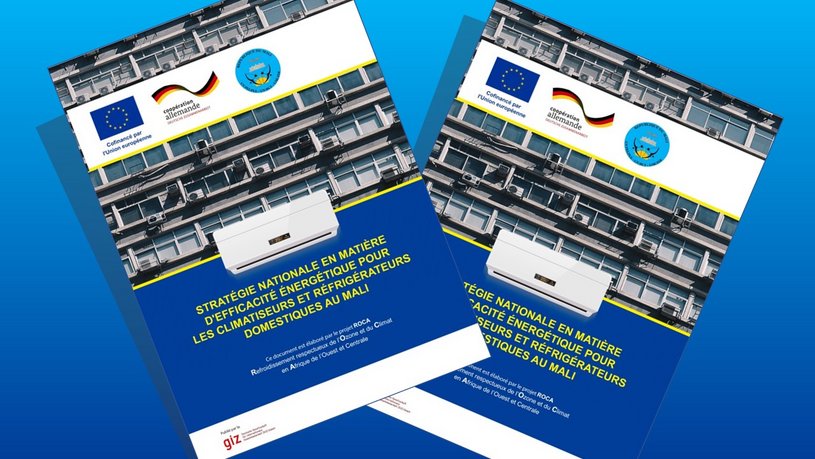The demand for energy could be significantly reduced by improving energy efficiency. This would have a double effect: lower costs for consumers, and lower CO2 emissions. This report recommends steps Mali could take towards more energy efficiency.
The growing demand for electricity has a number of implications, principally more frequent power shortages as production fails to meet the increased demand, leading to major investment in additional power stations. This additional electricity production will increase CO2 emissions, contributing to global warming. The demand could be reduced if energy were used more efficiently. Compared with the economic cost of installing new power stations, energy efficiency (EE) is a low-cost alternative for meeting the country's energy needs. What's more, consumers save on their electricity bills and CO2 emissions are reduced.
Minimum Energy Performance Standards (MEPS) and energy efficiency labels are one of the most useful tools for increasing the energy efficiency of products on the market. SMPEs indicate the minimum energy efficiency level of products that can be placed on the market, eliminating the least efficient appliances. Energy labelling informs consumers of the potential energy savings and environmental benefits of choosing more efficient products, thereby increasing sales of the most efficient products and preparing the market for the application of more restrictive standards in the future. In addition, in countries where electricity is fully or partially subsidised by the state, improving the energy efficiency of consumer products will also generate savings for the state, which can be passed on to society through rebate schemes to help consumers buy more efficient products.
To this end, more and more countries are implementing standards and labels around the world, starting with the most energy-intensive products, such as fridges and air conditioners, and then extending to other electrical products.
This report recommends the application of energy efficiency regulations in Mali in a two-stage process:
- application of existing standards and labels as soon as possible and on a mandatory basis,
- updating of standards to a more stringent level by 2026 at the latest, followed by a second update in 2027 for refrigerators and 2028 for domestic air conditioners.
Based on the data collected and international best practice, recommendations are provided for energy efficiency standards and labels for refrigerators and air conditioners. The adoption of advanced energy efficiency standards and the transition to low-GWP refrigerants are necessary to achieve significant greenhouse gas (GHG) reductions. It is recommended that, in addition to the label agreed in the UEMAO framework on the energy efficiency of refrigeration and air-conditioning appliances, the label should also contain information on the refrigerant used, its quantity and its global warming potential (GWP).
The adoption of increasingly ambitious standards and labels will not result in higher costs for end users. With the expected increase in the cost of electricity in the future, the introduction of energy standards and labels, coupled with stakeholders' understanding of the life-cycle cost analysis of refrigeration and air conditioning products, will lead to energy savings for end-users, which will benefit the Malian economy.
Background
The project ROCA (Refroidissement Respectueux de l’Ozone et du Climat en Afrique de l’Ouest et Centrale) is co-financed by the European Union (EU) and the German Federal Ministry for Economic Cooperation and Development and implemented by GIZ, as a contribution to EU's global initiative "Global Climate Change Alliance (opens in a new window)". The national ozone units and their ministries are the project's main coopearation partners. In Mali, the project is implemented in cooperation with the national department for pollution controle (Direction Nationale de l’Assainissement du Contrôle des Pollutions et des Nuisances (DNACPN)) of the ministry for the environment and sustainable development (Ministère de l’Environnement, de l’Assainissement et du Développement Durable (MEADD)), to which the national ozone bureau belongs.

